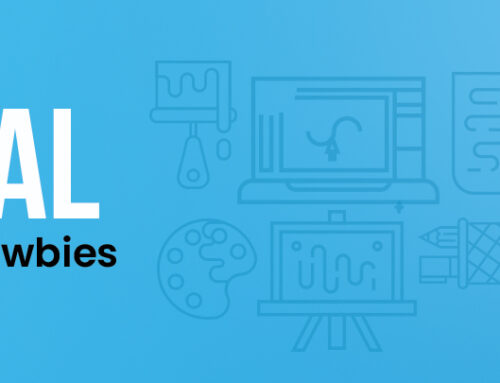A logo functions as the face of a brand—it is meant to communicate the company’s identity, values, and mission. It’s especially important for small business owners and freelancers to create a logo that effectively represents their brand. In this guide, we will walk you through the step-by-step process of how to create a logo, either using DIY tools or some professional software.
Step 1: Define Your Brand Identity
Before diving into design, take a moment to understand your brand. Ask yourself:
- What does my business stand for?
- What message should my logo convey?
- Who is my target audience?
Your logo should reflect your brand’s personality—whether it’s playful, professional, modern, or classic. Choose colors, fonts, and design elements that align with your brand’s identity.
Step 2: Research and Gather Inspiration
Do some research on established logos within your market. Find patterns in the color, typeface, and shapes they use. Pinterest, Behance, and Dribbble have a lot of logos that you can use for reference. Always remember to make your final design original and not a replica of a different company’s logo.
Step 3: Choose the Right Design Tool
There are two main approaches to designing a logo: DIY logo makers and professional design software.
- DIY Logo Makers: Tools like Canva, Looka, and Hatchful allow beginners to create logos using pre-made templates with easy drag-and-drop features.
- Professional Software: For those who want more control over design, software like Adobe Illustrator, CorelDRAW, and Affinity Designer provides advanced tools for custom logo creation.
If you’re new to design, starting with DIY tools is a great way to experiment and understand the basics.
Step 4: Sketch Your Ideas
Sketch a couple of rough ideas on paper before diving into digital media. Doing so can help visualize different designs before finalizing one. Contemplate:
- Typography: What font will your logo have? A serif, sans serif, or a script?
- Symbol or Icon: Will your logo be purely text based, purely icon based, or will there be a combination of both?
- Color Palette: Colors depict emotions blue for trust, red for energy, green for nature, etc.
Step 5: Create Your Logo Using DIY Tools
If you’re using Canva or similar platforms, follow these steps:
- Sign up and open a new design project.
- Choose a template (or start from scratch).
- Customize fonts, colors, and icons to match your brand identity.
- Adjust layout and alignment to ensure balance and symmetry.
- Preview your design and make necessary refinements.
- Download your logo in high resolution (PNG or SVG for better quality).
Step 6: Create Your Logo Using Professional Software
For those who prefer Adobe Illustrator, follow these steps:
- Open a new project and set dimensions (typically 1000×1000 px for logos).
- Use the Pen Tool or Shape Tool to draw unique icons and symbols.
- Select a unique font that aligns with your brand.
- Experiment with colors and gradients for a professional touch.
- Adjust spacing and proportions for a visually balanced design.
- Export your logo in vector format (AI, EPS, or SVG) for scalability.
Step 7: Refine and Get Feedback
After finalizing a design, take a minute to evaluate it based on the criteria provided below:
- Easy to read in various sizes.
- Optimally distinguishable on varied backgrounds.
- Suitable in black and white.
Remember to circulate the design among your friends, colleagues, or even potential customers to get feedback. A logo can be improved with some polishing and tweaks but remember to pay attention to detail.
Step 8: Download and Use Your Logo
When finalizing your logo, download it in various formats:
- PNG – For websites and social media (transparent background).
- JPEG – For general use on light backgrounds.
- SVG or AI – For print and scalable design needs.
Store different versions so that your logo looks perfect across all platforms.
Creating a stunning logo doesn’t require professional design skills. With the right approach, even beginners can craft a professional-looking logo using DIY tools. However, for businesses looking for a truly unique and scalable design, professional software like Adobe Illustrator is a great investment.
By following these steps, you now have the knowledge of how to create a logo that represents your brand effectively. Whether you opt for a simple DIY tool or dive into advanced software, the key is to keep it clean, memorable, and aligned with your brand identity.
Now, go ahead and start designing your perfect logo!






